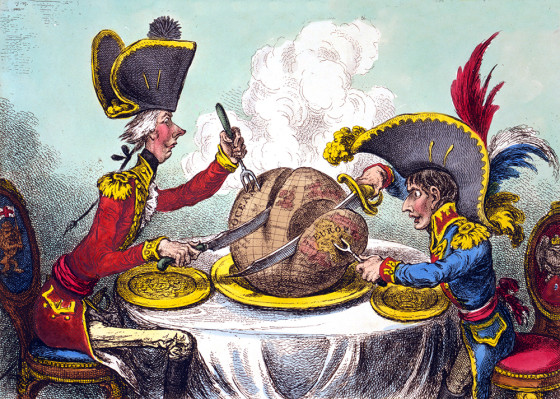
IT WAS JUST after 1:30 p.m. on May 7, 1915 when the lookouts aboard U-20, a German submarine operating 14 miles off the coast of south-western Ireland, spied a tempting target: the RMS Lusitania, a 31,500 ton British passenger liner bound for Liverpool from New York.
Germany was at war with Great Britain for 10 months. Part of the Kaiser’s grand strategy involved “unrestricted submarine warfare” in an attempt to choke off his island foe from shipping. The Lusitania had steamed into the hostile waters.
After submerging and closing to within 700 yards of the vessel, the German skipper fired a torpedos at the 787-foot ocean liner. Moments later, the warhead tore into the hull of the Lusitania. It took less than 20 minutes for the ill-fated vessel to succumb to her wounds. She took more than 1,200 of the 1,959 passengers and crew down with her, including 128 citizens of the United States.
America had not yet entered the war in Europe and Germany’s embassies in the U.S. had taken out ads in the nation’s newspapers warning civilians against travelling to Europe aboard British ships. The sinking of the Lusitania galvanized American public opinion against Germany and led to the United States’ entry into the war two years later.
Although the U-20 logs only recorded one torpedo fired, survivors of the disaster noted feeling two blasts on board the Lusitania. Some have suggested that the second explosion was caused by a cache of munitions from the supposedly neutral U.S. aboard the stricken vessel. In 2008, this theory gained new currency when divers exploring the wreckage of the liner discovered 4 million rounds of .303 ammunition in the Lusitania‘s hold.
America’s entry into the war precipitated the eventual collapse and surrender of Germany.
___________________________________________
If you’d like to receive alerts about the latest articles and posts, click on the link in the upper right margin marked “FOLLOW THIS BLOG”. And don’t forget to follow us on Twitter — @militaryhistorynow










Sad, sad event.
tragic
hi
sup people
damn thats pretty bad
Most Americans know nothing about the scheme to get the USA into World War I. The Germans were sinking British ships in hopes of forcing the Brits to discuss peace, but the bankers wanted to win the war so they could recover their loans, plus interest: